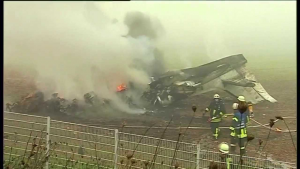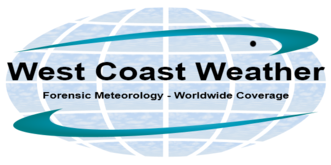Fog
By Michael FaginPoor Visibility, Weather Conditions, Weather for PilotsWith 0 commentsFog formation accidents compose 24% of all aviation accidents. The monetary impact of accidents, injuries, delays and unexpected costs from fog is about $720 million annually. Visibility of less than one mile – called fog – is far more obstructive than mists – visibilities greater than one mile. Most accidents aren’t from hitting structures protruding well above ground. They’re from crashing into obstacles – anything from ground operation equipment to a side of the airport – on the surface while taking off and especially while landing.
Special equipment called an Instrument Landing System shoots a beam that typically bounces off the ground back to the plane and produces a reading but it gets refracted by fog droplets. The disruption of safety equipment requires extra landing space. Low Visibility Procedures dictate six mile separations between aircraft instead of the usual three. The changes often lead to the cancellation of flights due to curbed runway usage.
Types of Fog
Fog comes in five distinct forms. Typical at night and in the morning, radiation fog condenses when a surface loses much of its heat and becomes colder than the moist air flowing above. Light winds add to the mixing of the air in contact with the surface and dozens of feet above, which thickens the fog. Radiation fog’s close cousin is valley fog, which forms due to diurnal variations in the heat stored in hills and valleys. Steam fog, a.k.a. cold stream fog, involves the inverse: warm water and cold air blowing over. It is generally thinner, making the threat of fog-related accidents from it minimal.
Most fog-related accidents happen during advection and frontal fog, which essentially produce ground-level clouds. Advection fog comes from a moist air mass flowing over a cooled surface. Frontal fog, a.k.a. hill fog, accompanies the passage of a front, which pushes in the watery wall.
If sunlight is sufficiently impeded, fog may not clear. Added smoke decreases visibility. Satellite imagery is used to see fog but it’s only available when the sun is shining. Ground observations are the best clues at night. Ideal for fog creation are clear skies and light to calm winds.

Article written by Meteorologist Geoff Linsley
